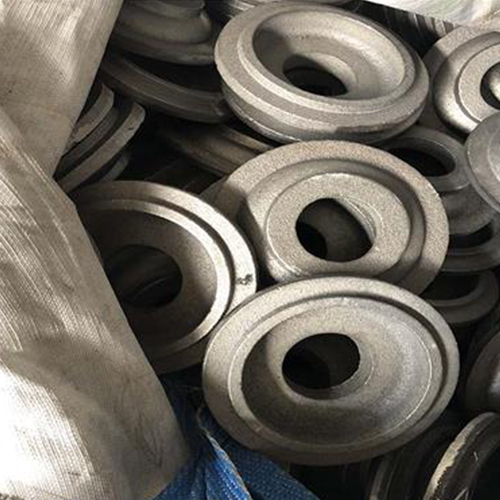What is Ductile Iron Castings? Exploring Its Versatile Applications and Benefits
2024/09/24
In the world of metal castings, ductile iron stands out for its exceptional strength, durability, and versatility. Often referred to as nodular cast iron, ductile iron is an advanced form of cast iron that has revolutionized various industries with its superior mechanical properties. From automotive components to infrastructure elements, ductile iron castings are playing a crucial role in modern engineering and manufacturing.

Understanding Ductile Iron
Ductile iron is produced by adding small amounts of elements like magnesium or cerium to molten cast iron. This process transforms the graphite in the iron from flake-like shapes into spherical nodules, which significantly improves the material's mechanical properties. The result is a metal that combines the castability of traditional iron with the toughness and strength of steel.
Key Advantages of Ductile Iron Castings
One of the primary benefits of ductile iron castings is their high tensile strength. Unlike traditional cast iron, which can be brittle and prone to cracking under stress, ductile iron has a high elongation rate, making it much more flexible and resistant to impact. This property is particularly valuable in applications where durability and resistance to mechanical stress are essential.
Another advantage is its excellent machinability. Ductile iron can be easily machined and processed to precise specifications, making it an ideal material for complex components that require detailed work. This machinability also contributes to cost-efficiency, as it reduces the need for extensive post-casting processing.
Versatile Applications
Ductile iron castings are used in a wide range of applications due to their versatility and reliability. In the automotive industry, ductile iron is commonly used for engine blocks, crankshafts, and suspension components. These parts benefit from the material's strength and fatigue resistance, contributing to the overall performance and longevity of vehicles.
In the infrastructure sector, ductile iron is used for manufacturing pipes and fittings that are crucial for water and sewage systems. The material's resistance to corrosion and wear makes it suitable for handling the harsh conditions found in underground environments.
Industrial machinery also relies heavily on ductile iron castings. Components such as gears, housings, and brackets benefit from the material's durability and ability to withstand heavy loads and shock. This makes ductile iron an excellent choice for machinery that operates under demanding conditions.
Technological Advancements
The production of ductile iron has seen significant advancements in recent years. Modern foundries employ sophisticated techniques to control the composition and quality of the material, ensuring consistent performance and reliability. Innovations in casting technology, such as precision casting and advanced molding processes, have further enhanced the capabilities of ductile iron.
Sustainability and Environmental Impact
As industries increasingly focus on sustainability, ductile iron also aligns with these goals. The material is recyclable and can be produced with a high percentage of recycled scrap iron, reducing the environmental impact of its production. Additionally, the durability of ductile iron products extends their lifespan, minimizing the need for frequent replacements and contributing to resource conservation.
In conclusion, ductile iron castings represent a significant advancement in casting technology, offering a combination of strength, flexibility, and machinability that makes them suitable for a wide range of applications. From automotive components to infrastructure and industrial machinery, the benefits of ductile iron are evident in its widespread use and performance. As technology continues to advance and sustainability becomes increasingly important, ductile iron castings will remain a key material in the engineering and manufacturing sectors, supporting innovation and reliability in various industries.

